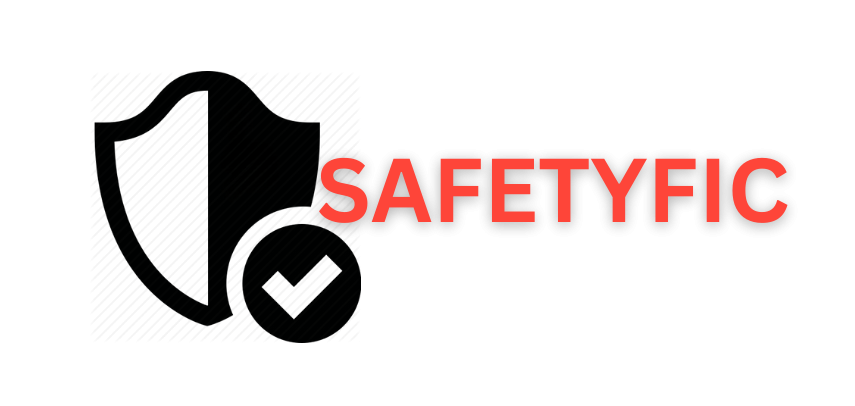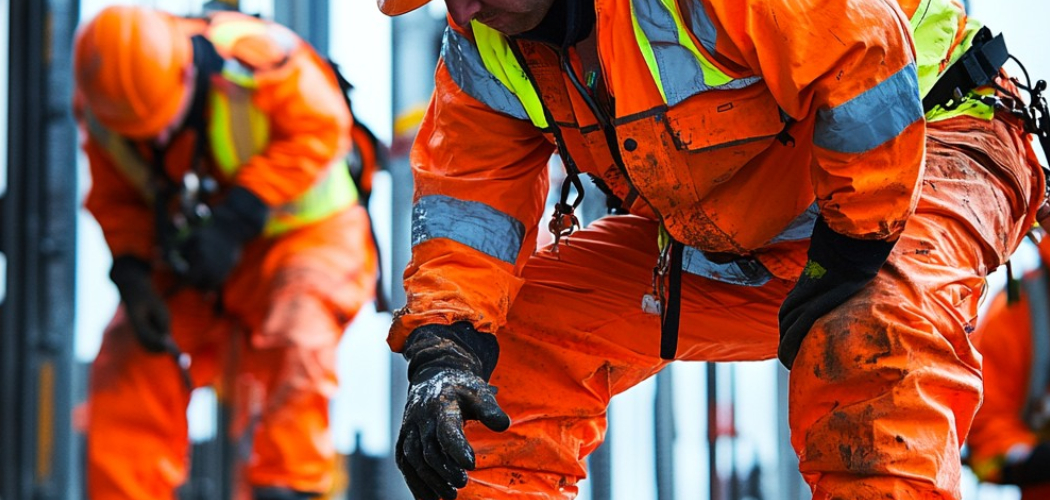When working in environments that require elevated safety measures, wearing a safety jacket with harness gear is essential. This combination provides protection and stability, ensuring you are both visible and securely tethered in high-risk areas. Proper usage of this equipment is crucial to maximize safety, minimize risks, and comply with workplace regulations. This guide will walk you through how to wear a safety jacket with harness gear.
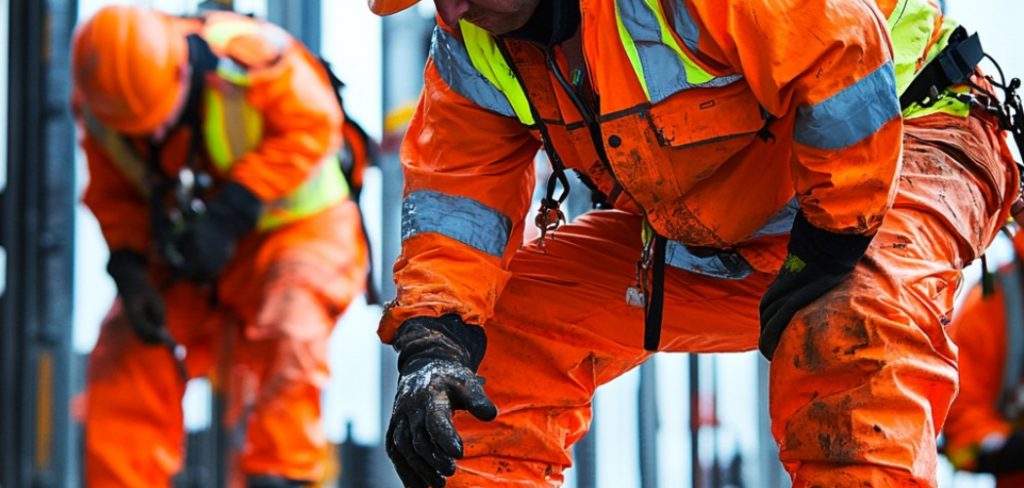
What is a Safety Jacket?
A safety jacket is a type of personal protective equipment (PPE) designed to enhance visibility and ensure worker safety in hazardous environments. Typically made with reflective materials and bright colors such as neon yellow, orange, or green, safety jackets make the wearer easily noticeable, even in low-light conditions. They are commonly used in construction sites, traffic management,
roadwork, and other settings where visibility is crucial. Some safety jackets are also designed with additional features, such as insulation for cold weather or waterproof materials for rainy conditions, making them versatile for various work environments.
Importance of Wearing a Safety Jacket
Wearing a safety jacket is a critical aspect of personal protective equipment, especially in hazardous work environments. These jackets enhance your visibility, ensuring that you can be easily seen by others, particularly in low-light conditions or areas with high vehicular traffic. This added visibility significantly reduces the risk of accidents caused by oversight or miscommunication.
Additionally, safety jackets often include reflective materials and bright colors that comply with safety regulations, offering both protection and compliance. By prioritizing the use of a safety jacket, workers contribute to a safer workplace for themselves and their colleagues.
10 Methods How to Wear a Safety Jacket with Harness Gear
1. Choose the Right Safety Jacket
Start by selecting a safety jacket compatible with harness gear. Jackets designed for harness integration often feature specific openings or adjustments that accommodate harness straps without restricting movement. Look for jackets with reinforced fabric in high-stress areas to ensure durability during use.

2. Inspect Your Harness Gear
Before donning the harness gear, perform a thorough inspection to ensure it is in good condition. Check for frayed straps, damaged buckles, or other signs of wear and tear. A well-maintained harness not only provides optimal safety but also reduces the risk of discomfort or malfunction when paired with a jacket.
3. Layer Appropriately
Wear layers under your safety jacket that allow flexibility and comfort. Avoid bulky clothing that can interfere with the harness or restrict movement. Lightweight, moisture-wicking fabrics are ideal, as they prevent overheating and keep you comfortable throughout the workday.
4. Adjust the Harness First
Put on the harness gear before the safety jacket to ensure a snug and secure fit. Adjust the straps around your shoulders, chest, and legs, making sure they are neither too loose nor too tight. Proper adjustment is essential for both safety and comfort, as it prevents the harness from shifting during use.
5. Position the Jacket Over the Harness
Once the harness is securely in place, wear the safety jacket over it. Ensure the jacket fits comfortably without pulling or stretching around the harness straps. Some jackets have zippered openings or flaps designed to accommodate harness gear, making it easier to position the jacket without interference.
6. Secure Jacket Closures
Fasten all closures on the safety jacket, such as zippers, Velcro, or buttons, to ensure a snug fit. Check that the closures do not obstruct the harness straps or attachment points. Properly secured closures prevent the jacket from shifting during movement, maintaining both safety and functionality.
7. Access the D-Ring Attachment
Ensure the jacket allows easy access to the D-ring or other attachment points on the harness. Many safety jackets feature reinforced openings or flaps specifically designed for this purpose. The D-ring must remain unobstructed to facilitate secure attachment to lifelines or fall protection systems.
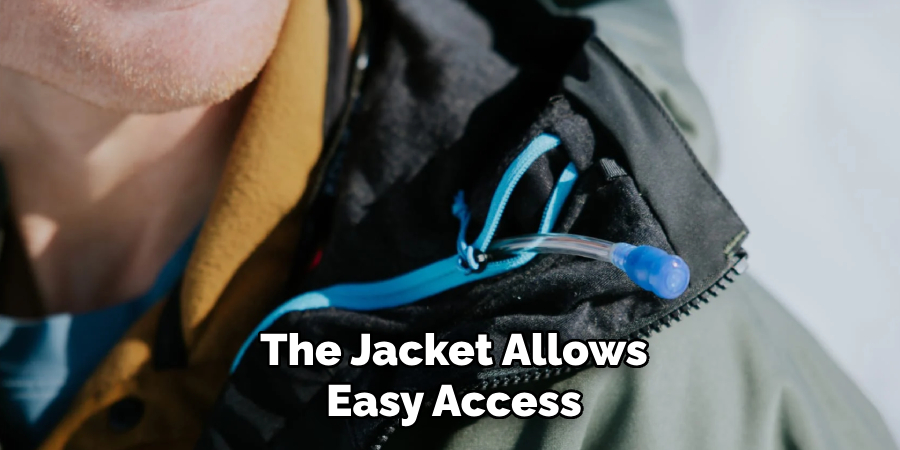
8. Maintain Mobility
Check your range of motion after wearing both the safety jacket and harness gear. Perform basic movements such as reaching, bending, and squatting to ensure the setup does not restrict your mobility. Adjust the jacket or harness straps as needed to achieve a balance between comfort and safety.
9. Secure Loose Ends
Ensure that any loose ends of the harness straps are properly tucked away or secured. Loose straps can become entangled with tools, equipment, or machinery, posing a safety hazard. Use strap keepers or loops on the safety jacket to manage excess strap material effectively.
10. Conduct a Final Safety Check
Before beginning work, perform a comprehensive safety check of your setup. Verify that the harness is properly adjusted, the safety jacket fits securely, and all attachment points are accessible. Have a supervisor or colleague double-check your gear to ensure everything is in place and compliant with safety standards.
Things to Consider When Choosing and Using Safety Jackets with Harness Gear
Selecting and using safety jackets with harness gear involves thoughtful consideration to ensure both safety and practicality. Here are some key factors to keep in mind:
- Compliance with Safety Standards – Choose jackets and harness gear that comply with industry regulations and standards. Look for certifications or labels that indicate the gear has been tested and approved for specific workplace hazards.
- Work Environment – Consider the environmental conditions where the gear will be used. For example, if you work in a cold or wet climate, opt for jackets with insulation or waterproof materials. Reflective jackets are ideal for low-light or high-traffic areas.
- Comfort and Fit – A safety jacket should provide a comfortable fit without restricting movement, especially when worn with a harness. Ill-fitting gear can hinder your efficiency and potentially compromise your safety.
- Durability and Maintenance – Ensure that the materials of your safety jacket and harness are durable enough to withstand the rigors of your work environment. Regularly inspect and maintain the gear to prolong its lifespan and reliability.
- Ease of Integration – Some safety jackets are specifically designed for harness integration, featuring openings, flaps, or reinforced sections to accommodate harness straps. This integration ensures easy use without compromising safety.
By factoring in these considerations, you can ensure that your safety jacket and harness gear provide maximum protection and functionality in your specific work setting.
Alternative Methods and Tips
While pairing a safety jacket with harness gear is a common practice, there are alternative approaches and additional tips to ensure safety and efficiency:
1. Use Harness-Compatible Outerwear
If safety jackets are not ideal for your work environment, consider harness-compatible outerwear such as vests or lightweight coats designed for safety equipment integration. These alternatives often include adjustable features and reinforced access points similar to safety jackets.
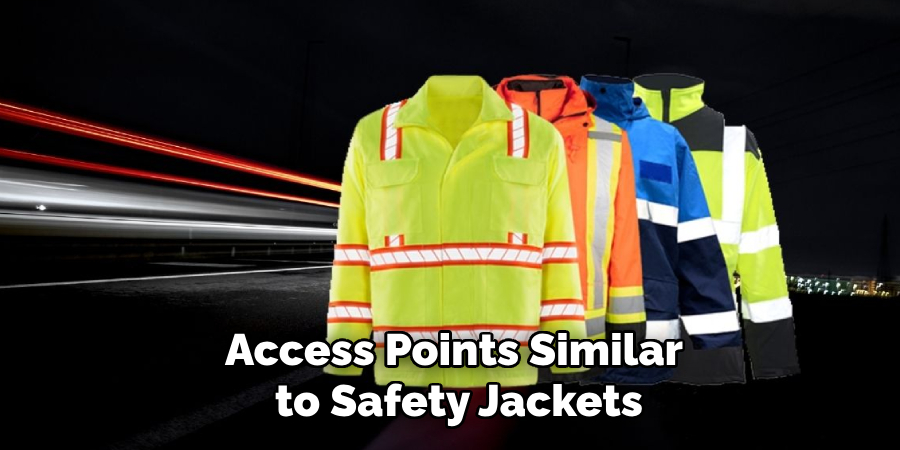
2. Opt for Multi-Function Gear
Look for gear that combines multiple safety features. For example, some manufacturers offer jackets with built-in harness systems or integrated high-visibility materials. Such options can reduce the need for separate components and improve overall workflow.
3. Customize Your Safety Gear
For unique work environments or tasks, custom safety gear may be the best option. Some providers allow for tailored solutions, such as jackets with specific placement of openings or reinforced areas for heavy-duty use.
4. Practice Layer Management
If layering is necessary due to weather conditions, take care to manage layers effectively. Thin and flexible base layers are ideal, followed by outerwear compatible with harness straps. Avoid layers that bunch up or interfere with adjustments.
5. Regular Training Sessions
Provide workers with training sessions focused on proper harness and safety jacket usage. Include demonstrations for inspections, fitting, adjustments, and safe practices. Regular training ensures all team members are familiar with their equipment and how to use it effectively.
When to Contact a Professional
Equipment Malfunctions or Damage
If your safety jacket or harness shows signs of wear, damage, or malfunction that cannot be easily repaired, consult a professional immediately. A compromised safety system can pose severe risks, and a professional can assess whether the gear should be repaired or replaced.
Uncertainty About Proper Setup
If you are unsure how to correctly set up or integrate your safety gear, a professional can provide valuable assistance. Incorrect usage can reduce the effectiveness of the equipment and increase the likelihood of accidents.
Workplace Hazard Assessments
For complex or high-risk work environments, it’s crucial to have a professional assess workplace hazards and recommend the appropriate safety gear. Professionals can help customize solutions for unique tasks or conditions, ensuring compliance with safety regulations.
Training Needs
If workers are inexperienced or unfamiliar with the proper use of safety jackets and harness gear, arranging for professional training is essential. Professionals can provide hands-on instruction and demonstrations, enhancing overall safety and efficiency.
Compliance Reviews
Regular compliance reviews with a safety professional help ensure your gear meets regulatory standards. This is especially important for industries where safety standards frequently change or are strictly enforced.
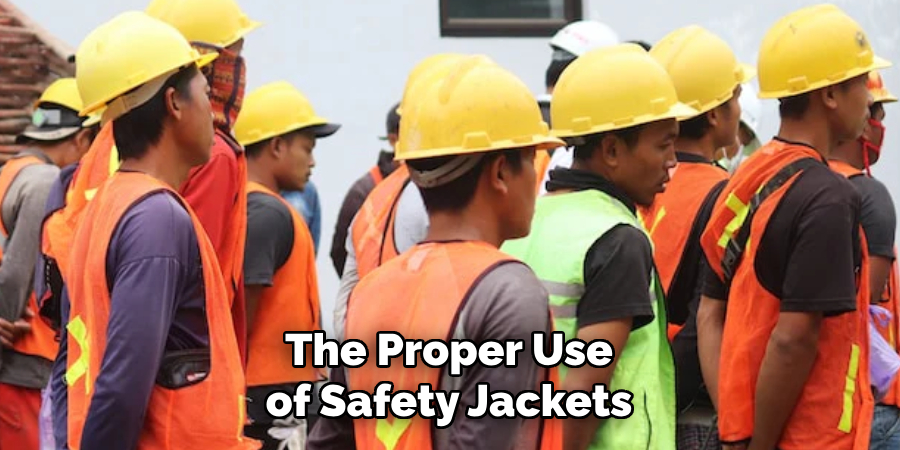
Conclusion
Wearing a safety jacket with harness gear requires careful planning and attention to detail to ensure maximum protection and comfort. By following these ten methods, you can create a secure and efficient setup that meets the demands of hazardous work environments. Proper integration of the jacket and harness not only enhances safety but also improves overall
